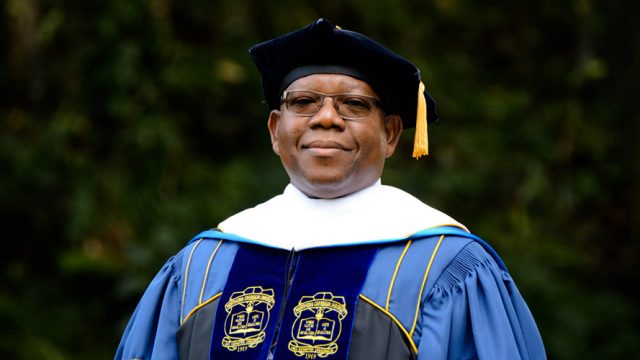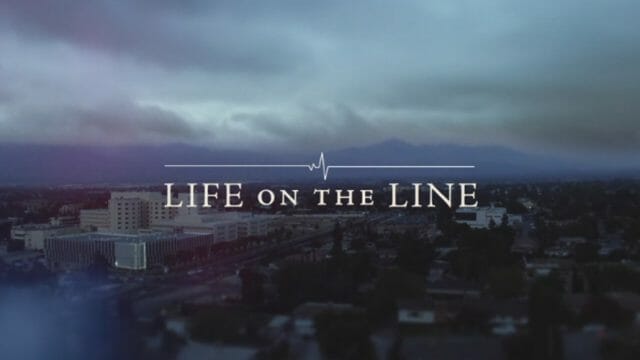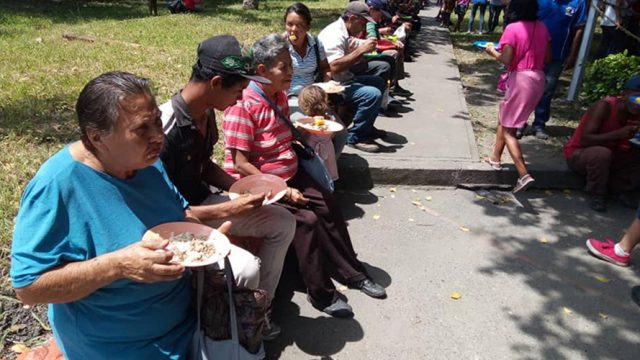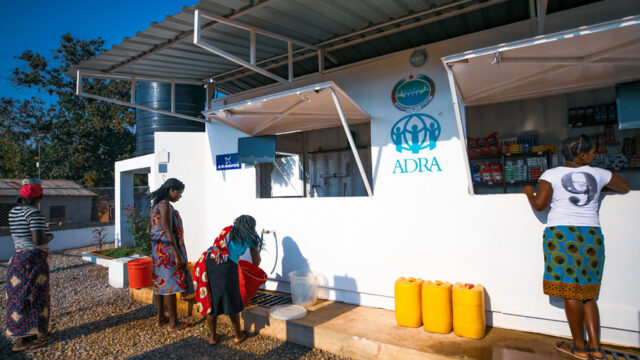A growing crisis
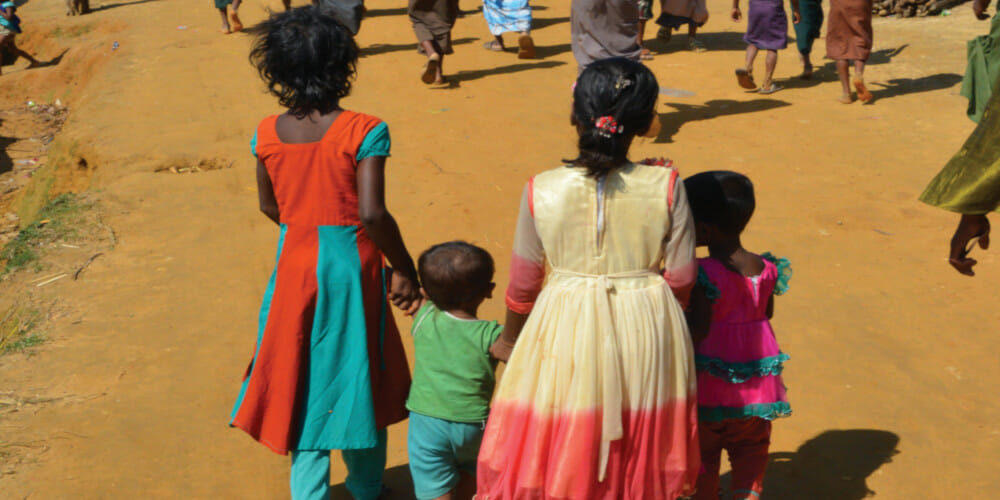
Vincent was only 3 when his father left their home in Ghana to start a new life for his family in Italy. His mother followed when Vincent was 5, leaving the little boy and his younger brother to stay with their aunt.
Vincent knew his parents were working hard to make a better future for them, and his aunt cared well for him and his brother; but Vincent still felt lonely. “My friends all had their parents, but mine were gone,” he said.
His aunt took him and his brother to church services every week, but it wasn’t the Seventh-day Adventist Church that he had attended with his mom and dad. “I didn’t feel like I was in my home,” he said of missing his own Adventist community.
When Vincent was 13, his father returned to Ghana and finally brought him to his new life in Palermo, on the Italian island of Sicily. His first months in Italy were exciting but also overwhelming. He didn’t speak the language, he didn’t know anyone outside of his family, and only one other child at his school shared his dark skin.
It was an awkward time of transition.
One of Millions
Vincent is one of 30 million children who currently live outside their country of birth.1 Another 17 million are internally displaced within their home countries (mostly because of violence and conflict).2 The phrase “children on the move” describes these children, all under 18, who have migrated or been forcibly displaced from the place they call home.
In less-technical terms, many of the children on the move are migrants like Vincent, but others are refugees, survivors of disasters, victims of humanitarian crises, and so much more.
Most important, they are just children.
Transitional Challenges
Every step that children on the move take on their journey can be harrowing and heartbreaking. It’s easy to forget that the journey doesn’t end when they arrive in a new place. This is a whole new beginning for them, and it’s a stage where, at best, children face uncertainty; but many also face the trauma of conflict in this new transitional time.
To be clear, accepting migrants or people who have been displaced for any reason can be difficult for communities, even those who have the best of intentions. In places where resources such as food and clean water are already stretched thin, new arrivals are an added burden. Tension can also climb when new cultures and religions with which local people are unfamiliar, or even suspicious, are suddenly visible in their hometown.
Dag Pontvik from the Adventist Development and Relief Agency (ADRA) in Italy says that everyone has a role in this critical stage with children on the move.
“Integration is a very important key,” Pontvik says. “We have to go beyond offering physical support; we have to do more than offer food and shelter. We have to listen to children. We have to help them find belonging, offer them psychosocial support, and value their spiritual journey.”
Although Vincent didn’t speak Italian when he came to Italy, he spoke English. He found comfort with teachers who spoke to him in the shared language. He even found acceptance by sharing the language with other classmates who wanted to learn from him.
But he didn’t find belonging, or “home,” again until he rejoined his church through the Adventist community in Palermo. “God’s voice told me to go forward,” Vincent said. “He told me, ‘Go to church—there is something precious for you there.’ ”
In addition to Sabbath services held in a building where both the Italian and Ghanaian congregations meet, Vincent did find something precious at church: a program organized by ADRA that changed his life. ADRA partners with the local Adventist church to provide an after-school program for migrants like Vincent and other kids in the community. This program helps them integrate through language lessons, supports them with their studies, and encourages them to enjoy their new home through activities such as Pathfinders.
An after-school program sounds like a simple solution, and it is. But it’s also an affirming and safe environment where kids can make friends, share their stories with others like themselves, gain confidence, and find the social and spiritual support that is often missing from other migrant and refugee programs.
Moving Forward as a Family
When Vincent’s younger brother finished school in Ghana, he joined the rest of the family, including a new little brother, in Palermo. The family was finally whole again and thriving in their new life.
Now 16, Vincent’s past shyness is gone. His voice is strong and his smile is confident as he stands next to Pontvik and tells his story to a group of faith-based humanitarian and religious leaders at an event called Faith Action Forum for Children on the Move. His story is one of success, and on this warm October morning in Rome, he tells those in the room that he hopes he can help other children on the move have success stories of their own.
Asked where he finds his strength, Vincent doesn’t pause before answering, “God.” And what would he tell other children on the move? “You can do it. Just go forward.”
Pontvik talked to the group about the importance of empowering young people such as Vincent when they are in our communities. “Even those of us who work in this area can be guilty of stereotyping, or even just categorizing—seeing someone and first thinking, You are from Africa or you are from the Middle East and seeing the differences, when our first thought should be, You are a child of God.”
To learn more, go to adra.org.
1 UNICEF, IOM, UNHCR, EUROSTAT, and OECD, “A Call to Action: Protecting Children on the Move Starts with Better Data,” February 2018, data.unicef.org/resources/call-action-protecting-children-move-starts-better-data/.
2 UNICEF, “Uprooted: The Growing Crisis for Refugee and Migrant Children,” 2017, www.unicef.org/publications/index_92710.html.



